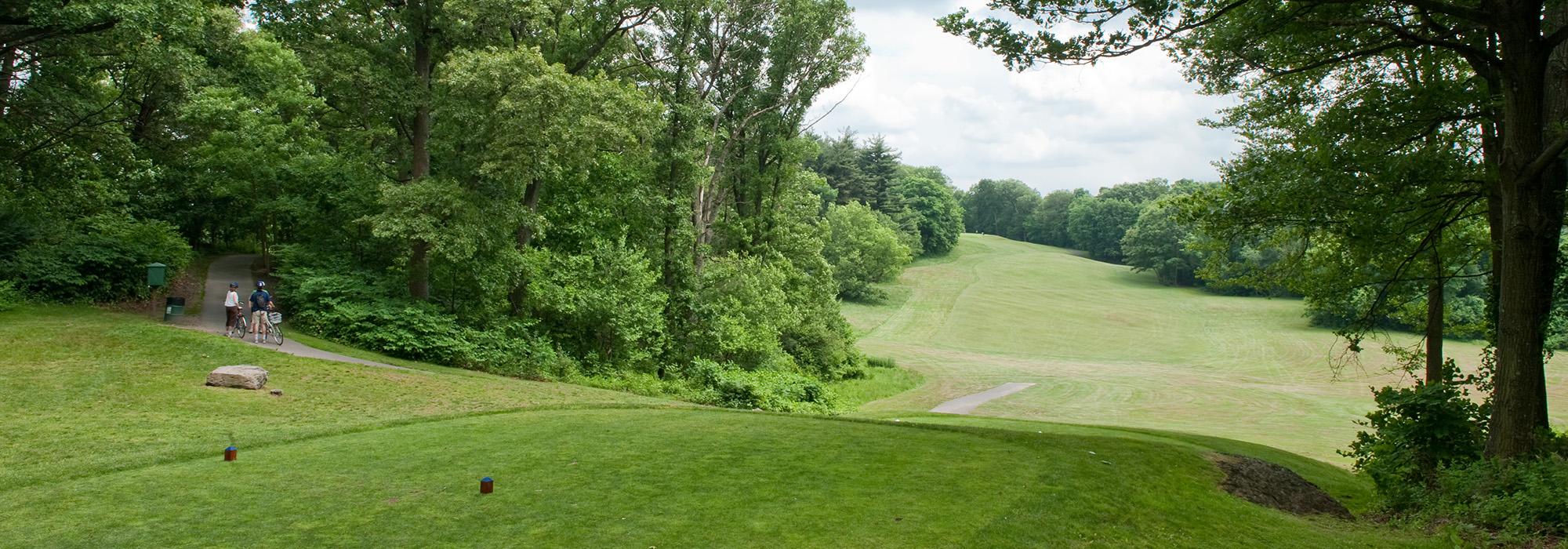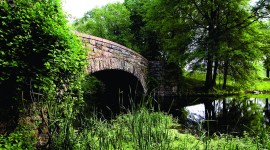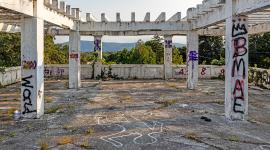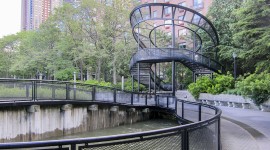Stadium Expansion Threatens Boston’s Olmsted-Designed Franklin Park
Plans to expand the White Stadium complex in Boston’s Frederick Law Olmsted, Sr.-designed Franklin Park are moving quickly and the few public meetings to date have been focused inwardly on changes to the stadium and have largely ignored broader potential impacts on the park. Moreover, notification about public reviews has been problematic, with some meetings only requiring 48-hour notification. The public is being urged to contact city officials, including Mayor Michelle Wu, to [a] look more holistically at the planned stadium complex’s broader impact on the park, and [b] insure the integrity of the public review process including better public notification.

Franklin Park is the largest park in Emerald Necklace system, the progenitor of the “urban greenway” typology and a likely World Heritage Site. According to the preeminent Olmsted Scholar, Dr. Charles E. Beveridge it is one of the four great Olmsted-designed “Country Parks” in America, (the other three are Central and Prospect Parks in New York City and Washington Park in Chicago). A recent award-winning “Franklin Park Action Plan” includes numerous design principles, observations, and recommendations that should be foundational to the White Stadium proposals. The Action Plan, as Mayor Michelle Wu says in her introductory letter in the document (p. 7), “is the result of a community-based effort coordinated by the Boston Parks and Recreation Department in partnership with the Franklin Park Coalition and a design team led by Reed Hilderbrand in collaboration with Agency Landscape + Planning and MASS Design Group.”
Mayor Wu’s letter also includes some very important guidelines that are worth stating here:
• The park must first and foremost adhere to its founding ideals as realized by Frederick Law Olmsted, which were to connect people with the landscape and to foster experiences of natural phenomena, open space, and outdoor recreation in the belief that doing so elevates daily life, promotes public health, and strengthens civic dialogue.
• The Action Plan does not aim to alter the park's purpose, character, or design. Instead, it offers suggestions for the renewed care and ongoing development of this priceless resource using an analysis of the park's history, communities, and ecologies.
The Action Plan (pp.86-87) also includes important observations about Franklin Park concerning its rural character (which was coveted by Olmsted), as well as long views, and appropriateness of materials and built elements:
• Rural vistas within and beyond the park were essential to its purpose - “an illusion of unlimited space’ and ‘unbroken countryside”;
• A long view across the Playstead provided a broad prospect through the Country Park and beyond to the Blue Hills of Milton;
• views afforded to the site were uninterrupted by the city around it, demonstrating the relationship of the park to its larger landscape context and enhancing its experiential qualities.
• Olmsted took a strict attitude towards built elements in the park, establishing that materials and construction methods should not express wealth or elegance. All park architecture, walls, bridges, furnishings, and steps deferred to the power of picturesque scenery, and felt as if they had emerged from the landscape itself. Puddingstone mined from a quarry near Schoolmaster Hill was used to construct almost every built feature in the design, deepening the connection between park and place.

Given the stature and significance of Franklin Park, and more broadly, the Emerald Necklace – listed in the National Register of Historic Places and designated locally – analysis of impacts of the stadium project should be informed by the Secretary of the Interior’s Guidelines for the Treatment of Cultural Landscapes, the federal level guidelines that provide comprehensive analytic tools for assessing sites eligible or listed in the National Register, or designated National Historic Landmarks. Perhaps the most significant organizational characteristics of a historic designed landscape like Franklin Park is its inherent visual and spatial arrangement, like the rooms of a house.
An understanding of visual and spatial relationships is foundational to evaluating all planning efforts, otherwise you are assessing proposed structures (e.g. new buildings) and other features (e.g. height of the new scoreboard) in a vacuum. It is core and essential when applying the Secretary of the Interior’s Standards to any new work in a park to aim to avoid, minimize, and mitigate the negative impacts created by the new work. Unfortunately, the White Stadium proposals presented to the public have been, for the most part, inwardly focused on the changes to the stadium and its associated new amenities and underrepresents the broader adverse visual and spatial effects on the park.

For example, visual impacts to the park’s immediate surrounds and longer viewsheds are created by the scoreboard, whether in use or not, expanded rooflines to the stadium, light fixtures, new buildings in “The Grove,” etc. These elements are visible from multiple vantage points, including the Overlook and through the puddingstone arches, and disrupt the historic character, design intent, and feeling of being in a “Country Park” – a cornerstone principle of providing nature in the city for those that don’t have the ability or resources to travel.
Integral to the visual analysis noted above, additional attention should be given to understanding the impact of night lighting into the greater park landscape, not to mention the visibility of the night sky. In the same way that the visual impact of new built features is studied, the extent of “light trespass” into the greater park landscape should be studied for its impact on the quality and character of that experience.
The White Stadium proposals for Franklin Park appear to be advancing very quickly, which is problematic given the lack of the most foundational analysis for assessing this designated landscape. We strongly urge Mayor Wu, along with the Boston Parks and Recreation Commission, and other agencies with jurisdiction over this project, to require the critical visual and spatial analysis that would help avoid, minimize, and mitigate adverse effects to the nationally significant Olmsted-designed landscape at Franklin Park. We also call upon the Mayor Wu, et al., to insure that the authentic public engagement that was a hallmark of the “Franklin Park Action Plan” is followed in assessing the White Stadium proposals.
Please contact the following:
Mayor Michelle Wu
City of Boston
1 City Hall Square, Suite 500
Boston, MA 02201-2013
E: michelle.wu@boston.gov
Commissioner Ryan Woods
Boston Parks and Recreation Commission
1010 Massachusetts Avenue, 3rd Floor
Boston, MA 02118
E: ryan.woods@boston.gov
Morgan McDaniel
Deputy Chief of Operations for Capital Investments
Operations Cabinet, City of Boston
I City Hall Square, Suite 603
Boston, MA 02201
E: morgan.mcdaniel@boston.gov










